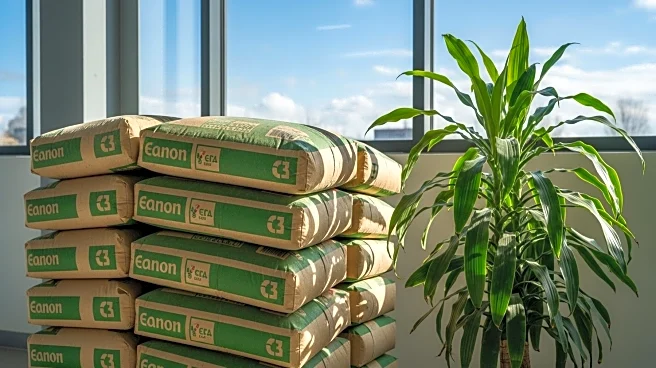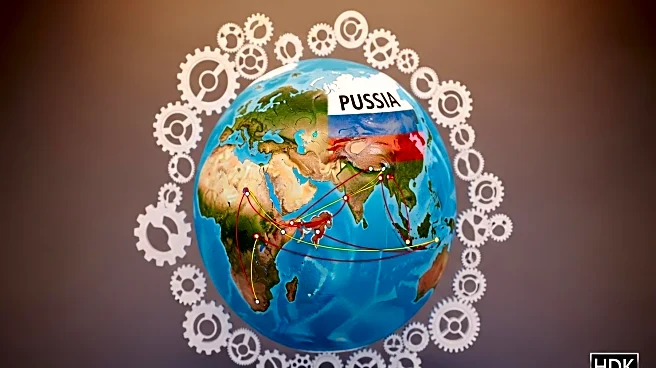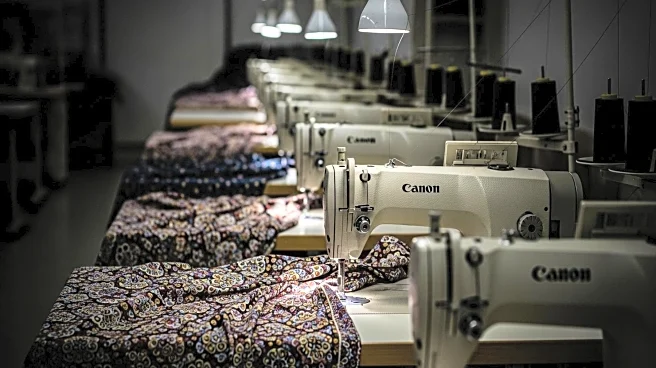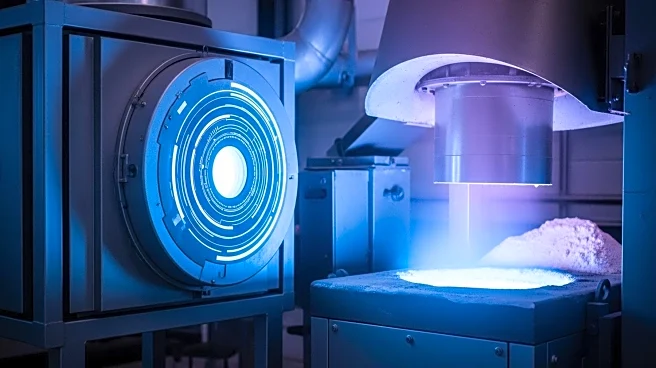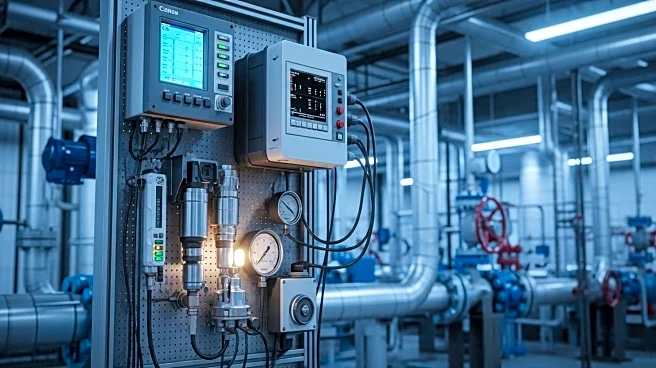What is the story about?
What's Happening?
Major cement manufacturers in Bangladesh are transitioning to eco-friendly production processes to reduce energy consumption and pollution. This shift involves replacing traditional ball mills with advanced vertical roller mills (VRM) and roller press (RP) equipment. These technologies are more energy-efficient and emit fewer pollutants, although they are more costly. Nine large companies, including Shah Cement and LafargeHolcim, have adopted these methods, which reduce energy consumption by 25% and pollution by 70%. Despite the higher initial costs, these technologies promise long-term sustainability and compliance with global environmental standards.
Why It's Important?
The move towards eco-friendly production in Bangladesh's cement industry is significant due to the sector's substantial carbon emissions and air pollution. By adopting advanced technologies, manufacturers aim to align with global commitments to reduce environmental impact. This transition not only improves health conditions for workers and nearby communities but also enhances the industry's efficiency and compliance. In the long term, these changes could boost the competitiveness of Bangladeshi cement in international markets, potentially increasing exports and contributing to economic growth.
What's Next?
As the industry continues to adopt VRM and RP technologies, there is a need for skilled technicians and engineers to maintain and repair these systems. Companies may need to hire experts from Europe, where these technologies are more common. Additionally, ongoing studies will assess the remaining pollution levels despite these advancements. The industry is expected to further integrate green technologies, which could lead to increased exports and a stronger position in the global market.
Beyond the Headlines
The shift to eco-friendly production in the cement industry highlights broader ethical and environmental considerations. It reflects a growing awareness of the need for sustainable industrial practices and the responsibility of businesses to mitigate their environmental impact. This transition may also influence other sectors to adopt similar technologies, fostering a culture of sustainability across industries.
AI Generated Content
Do you find this article useful?
